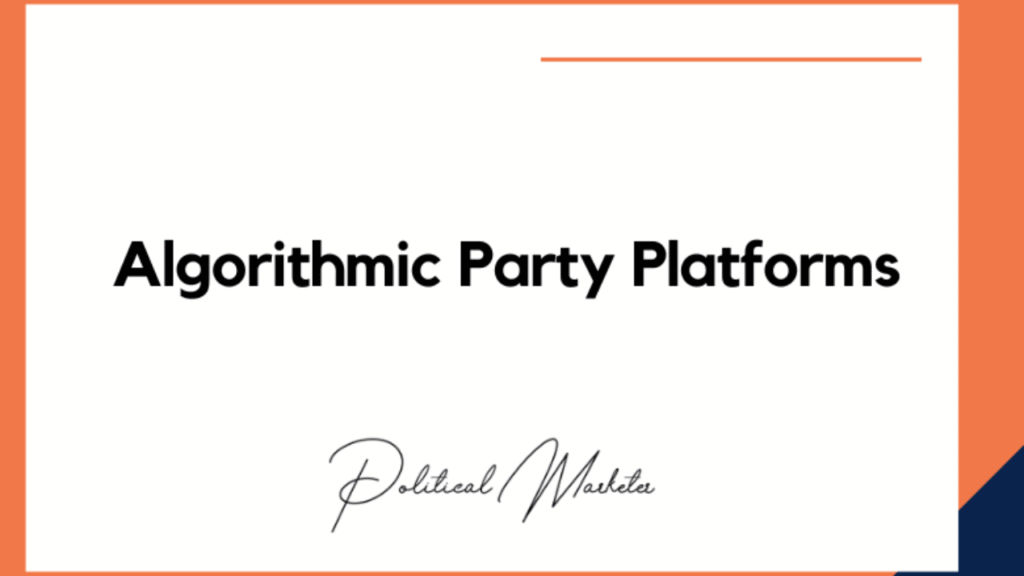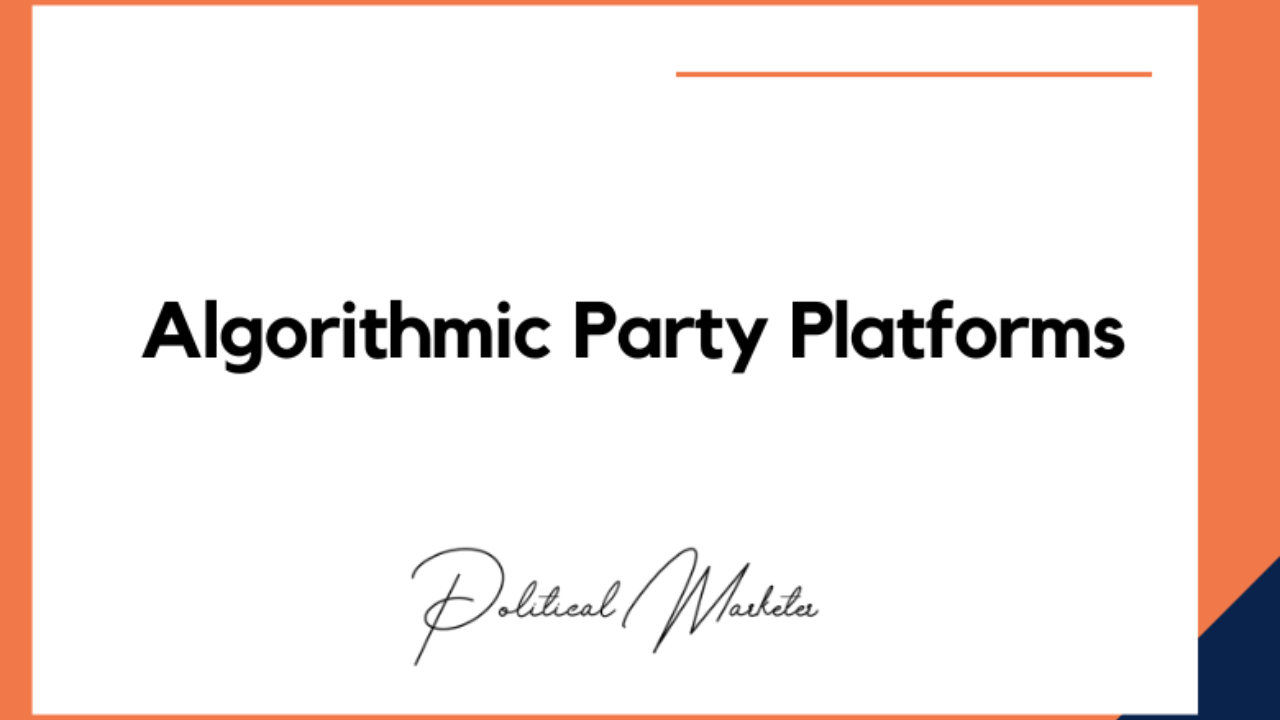
In the world of politics, understanding campaigns and party platforms is key to making informed voting decisions. Political campaigns are the organized efforts candidates undertake to win elections, while party platforms represent the core beliefs and policy priorities of political parties. This article explains how political campaigns operate, the role of party platforms, and how voters can decode these elements to better navigate the political landscape.
What Are Political Campaigns?
Political campaigns are structured efforts by candidates and parties to gain support and secure votes during elections. They involve numerous activities aimed at communicating messages, engaging voters, and persuading the public.
Key components of political campaigns include:
- Candidate Promotion
Candidates present themselves through speeches, advertisements, debates, and media appearances to build a positive image. - Voter Outreach
Campaigns use canvassing, phone banking, social media, and events to connect directly with voters. - Fundraising
Collecting donations is crucial to finance advertisements, staff, and campaign events. - Policy Messaging
Highlighting specific issues and proposed solutions to appeal to target demographics.
Understanding Party Platforms
A party platform is a formal document that outlines a political party’s principles, policy goals, and legislative priorities. Platforms are usually adopted during party conventions and serve as a guide for candidates and elected officials.
- Purpose of Platforms
Platforms unify party members around shared goals and clarify differences from opposing parties. - Content
Typically covers major areas such as the economy, education, healthcare, national security, social issues, and environmental policies. - Influence on Campaigns
Candidates often align their campaign messages with their party’s platform but may emphasize different aspects to appeal to local voters.
How Campaigns Use Party Platforms
- Campaigns use platforms to signal values to voters and provide consistency.
- Platforms help frame debates and media coverage.
- They offer voters a roadmap of what to expect if a party or candidate wins.
- While platforms present ideals, campaigns also adjust messaging for specific audiences and current events.
Decoding Campaign Messages
Voters can decode campaigns and platforms effectively by:
- Checking Consistency
Compare a candidate’s statements with their party’s platform and past actions to identify alignment or contradictions. - Evaluating Specific Policies
Look beyond slogans to understand concrete proposals and their feasibility. - Researching Funding Sources
Campaign donors can influence candidate priorities, so knowing who funds a campaign adds context. - Watching Debates and Interviews
These settings often reveal how candidates handle pressure and address key issues.
The Role of Media and Social Media
- Media outlets and social media platforms shape how campaigns and platforms are presented to the public.
- Voters should seek multiple sources to avoid bias.
- Campaigns increasingly use social media to target specific groups with tailored messages.
- Fact-checking organizations help verify claims made during campaigns.
Overview Table: Key Elements of Political Campaigns and Party Platforms
| Element | Description | Purpose | Voter Tips |
|---|---|---|---|
| Candidate Promotion | Public appearances, ads, debates | Build candidate image | Watch debates and evaluate authenticity |
| Voter Outreach | Direct contact through events, calls, online | Mobilize voter support | Engage in community forums |
| Fundraising | Collecting donations | Finance campaign operations | Review donor transparency |
| Party Platform | Official party policy document | Outline values and goals | Read platform summaries |
| Policy Messaging | Campaign focus on specific issues | Appeal to target voters | Research specific policy proposals |
| Media & Social Media | Information dissemination and targeting | Influence public perception | Cross-check information sources |
FAQs
Q1: How often do political parties update their platforms?
Party platforms are usually updated every four years during national conventions but can be adjusted between cycles.
Q2: Can candidates disagree with their party’s platform?
Yes, candidates sometimes emphasize different issues or disagree on certain policies to better appeal to their constituents.
Q3: How can I verify if campaign claims are true?
Use trusted fact-checking websites and cross-reference information from multiple reputable news sources.

